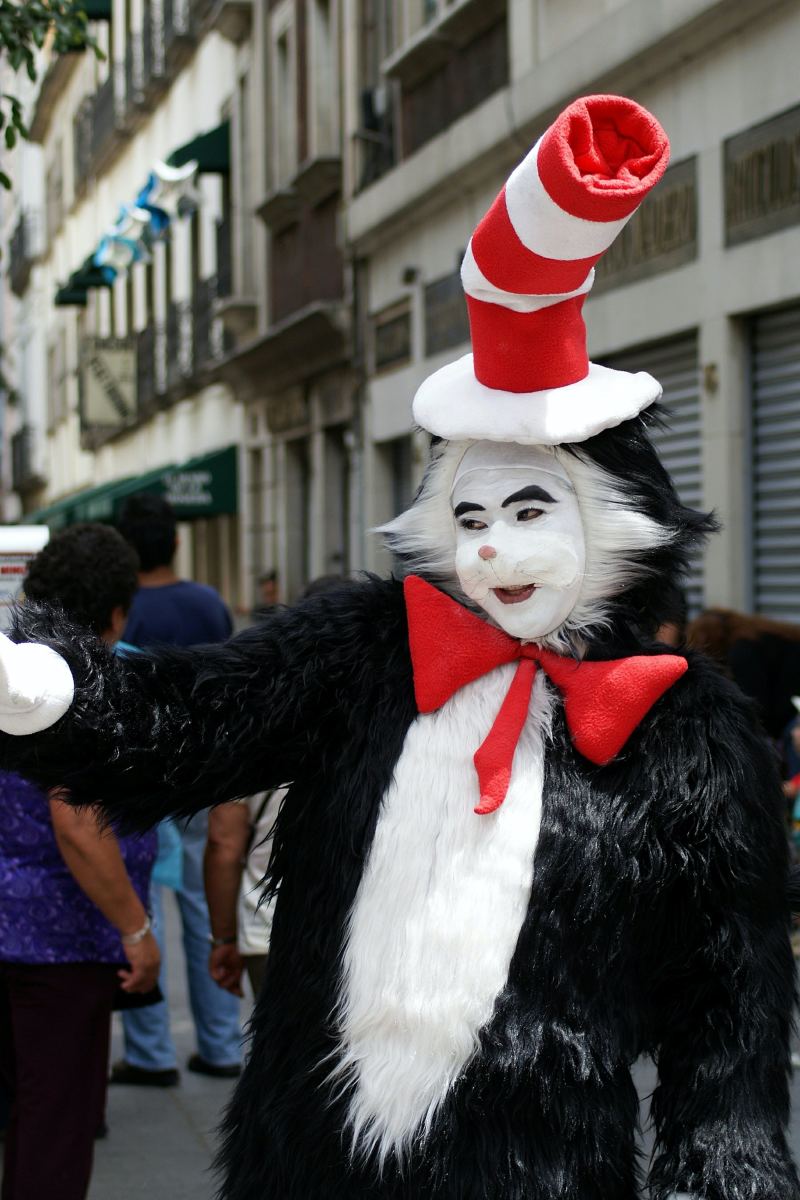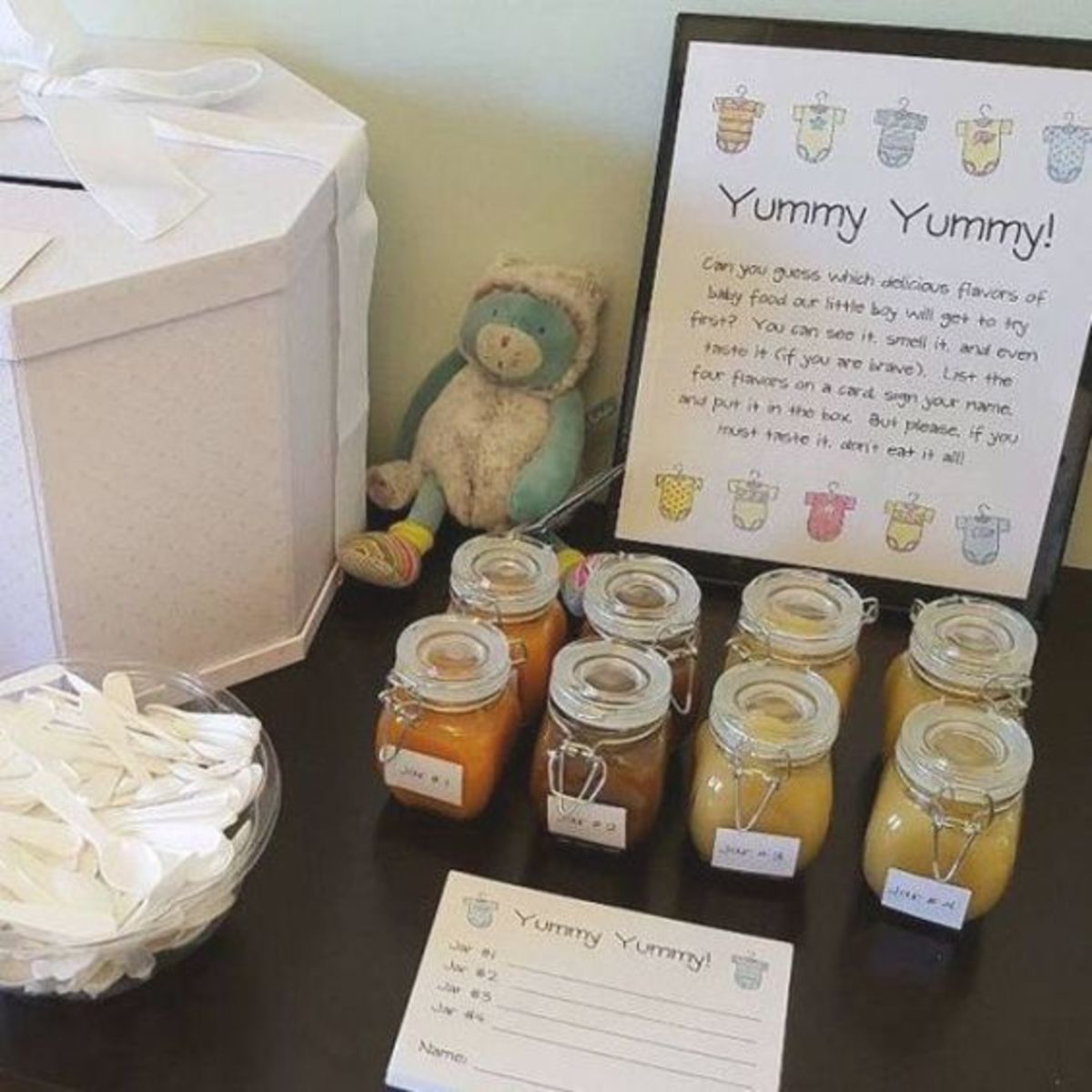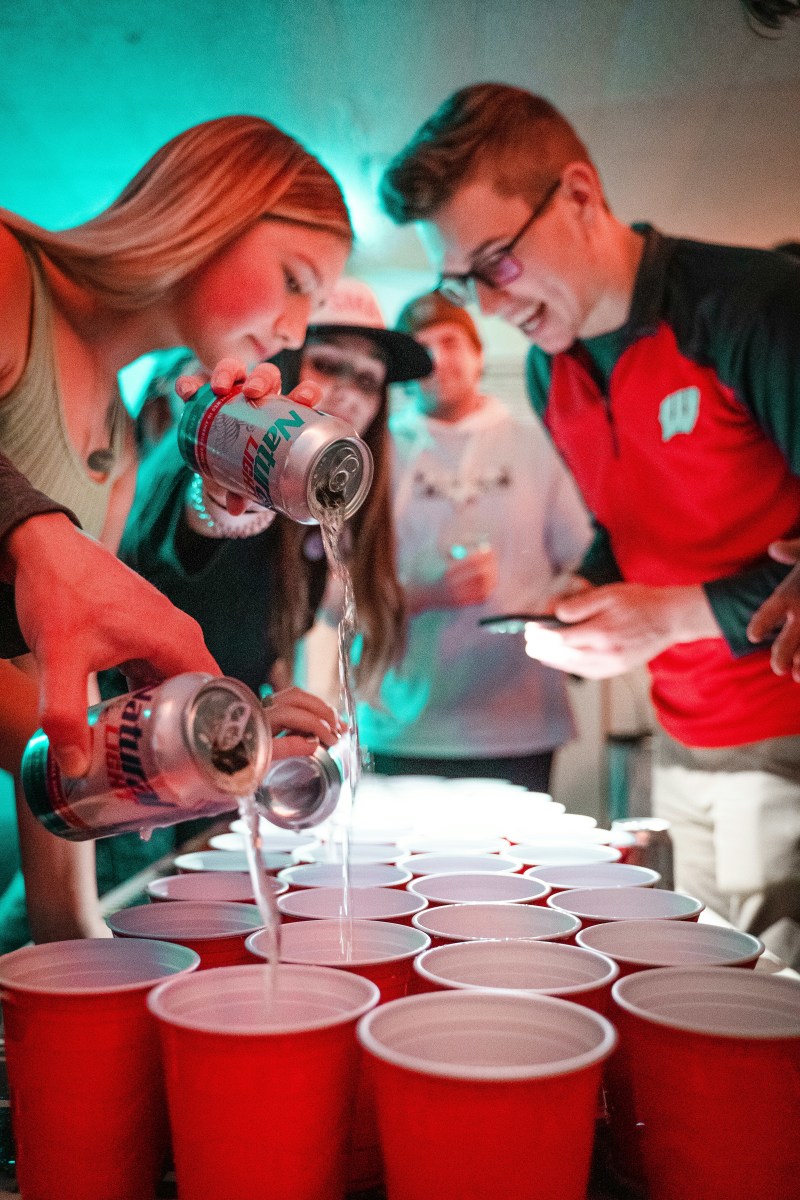Scavenger Hunt Clues - Choose Your Style
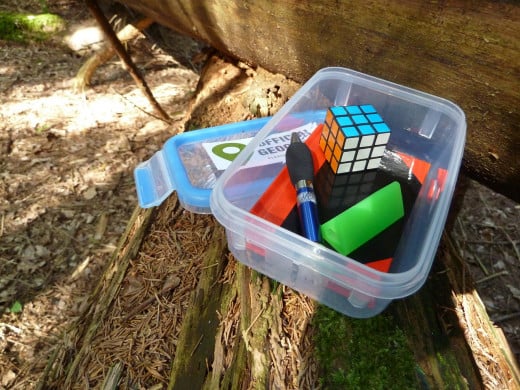
Scavenger hunts can be a great way for people to bond and form lasting memories, but they’re sometimes harder to organize than you’d think. Getting all of the players together and on the same page can be a daunting task in and of itself. But that isn’t where the real challenge is. What you should really worry about perfecting, above all else, is the list of scavenger hunt clues.
Yes, that’s right: a good scavenger hunt can’t happen without a good list of scavenger hunt clues. There’s no getting around that. You have to have such a list or the hunt can’t happen at all. Thankfully, you’re not alone in your need for tips. To start…
Age Groups
Recognizing the fact that different age groups understand different things is the first step to creating a great set of clues for your scavenger hunt.
One of the primary reasons that this is true is that different ages have minds that work on entirely different levels of complexity, in most situations. Younger minds, of course, tend to operate on a much simpler mindset, so you must be weary of creating clues that are more complicated and harder to decipher when youths are your intended target audience.
This is especially valid when you are choosing to go the more difficult way and using riddles as clues for your scavenger hunt. Riddles can get complicated very fast, and children will tend to get confused and give up much more quickly when unable to solve a moderately hard riddle.
However, using clues that are complex riddles for adults and older teens is usually a great idea, as your riddles will mesmerize and intrigue the people that actually are likely to be able to solve the riddle and uncover the location of your hidden object. You should be encouraged to use riddles and more challenging clues, as long as you know that the general age group of your scavengers has the capability of deciphering your clues.
Background of your Target Audience
As we all well know, different types of people come from varieties of different areas and backgrounds. Everyone is a little bit different from everyone else, and this is what tends to make us unique and differentiate us from everyone else on the planet. However, this also brings to mind the fact that not everyone knows the same types of things. People are groomed to understand things in different ways, and aside from their natural differences, this is what sets people apart from each other and composes singular personalities. What we mean by background is that people come to you knowing different things and understanding the world through different unique methods. Knowing this, you have to keep in mind the fact that not everyone will be able to understand every clue. The clues you create must pertain to what the scavengers already know, and what they are capable of figuring out.
Your target audience is unique in the sense that each person has their own way of figuring things out in their heads. This is also the very same thing that you personally do. What you have to do however is distance yourself from your way of thinking alone when you are coming up with clues. You then have to make up the clue or riddle, and consider it from all possible angles, the way that your audience will. Make sure, at this point, that different routes can be taken by the scavengers to figure out the clue or riddle, and verify that it isn't just one method that it takes to figure the clue out. This makes sure that the game is fair and well balanced between all the players and their individual strengths and weaknesses.
While this may sound complicated and overly time consuming just for a simple game, it really is not. All you have to do is make sure that your scavengers will all be able to solve the clues and piece everything together, not just one or two people.
Clues in General
Your scavenger hunt clue list is the basis for all of the fun and entertainment in the entire scavenger hunt event. This having been said, it's crucial to the success of your event that you come up with clues that can be understood and will definitely inspire a spark of intrigue and curiosity in your scavengers.
Clues are sort of weird, in a sense. They need to give away just enough information that the scavengers in the event have to figure out the rest themselves. Giving too little information makes finding the object being scavenged for way too difficult and sometimes near impossible. Giving too much information makes the clue way too easy to solve. Making things easy can be good, but when it's too easy, your audience will lose that incredible sense of satisfaction that is felt when a riddle or clue is figured out, and it's that satisfaction and contentment that fuels the drive to continue the rest of the game. You need to find the perfect difficulty level when creating the clues for your scavenger hunt, aiming for the correct age group and background.
Yet another thing that it would be wise to consider when coming up with your scavenger hunt clues is the type of clue used. We touched on this subject earlier, but this is actually quite a large deal when it comes to arranging scavenger hunts. All of the other things that we've discussed so far add up to this. "Clue" is a very vague term that encompasses a broad spectrum of things. A clue can take many forms, the most popular generally being riddles or just tricky statements.
Deciding upon the right type of clue for your scavenger hunt is important, because the various types of clues pertain to different game styles altogether.
If you believe that the right type of game for your scavenger hunt is simple and lacking complexity or abundant difficulty, then it would probably be best for you to choose a simpler clue method, like just regular statements and lists of little hints. This is usually the best for children's games and scavenger hunts for youths.
If your scavenger hunt will be aimed towards older people and will be more complex, the riddles and difficult ciphers are the way to go.
You should probably take note, though, that riddles and difficult clues are often time consuming to both plan and execute, so this is not the way to do it if your hunt and planning stages are pressed for time
Scavenger hunt clues compose an important part of the game that should by no means be overlooked. They are what allow the game to be fun, as the clues determine how your scavengers will go about exploring and searching for the objects that you've chosen for the hunt. While planning your scavenger hunt, remember to keep in mind the things we've covered!
Pick a Type of Scavenger Hunt Clue
You might think that all scavenger hunts are just lists of objects to find, either plainly presented or hidden behind a few riddles. You would be wrong, though. Scavenger hunt clues can come in many different forms and variations, including:
· The traditional riddle list – this is what we just talked about. Instead of telling someone what they need to collect you give them a riddle that leads them to it. The one to solve the most riddles and to collect the most objects is the winner.
· The sequence of events – this is where you start the players off with a single clue that leads to another clue, which in turn leads to another, and so on, and so forth, until they reach a single object at the end. The first person to reach said object is the winner.
· The photographic clue – this replaces a written list with a series of photos that either show the objects to be located or the areas that they are in. This can be accompanied by something written if clarification is needed.
- Photo Challenge Clues - These basically set a photographic task or dare.
Once you have a type of clue selected you can move onto the next step…
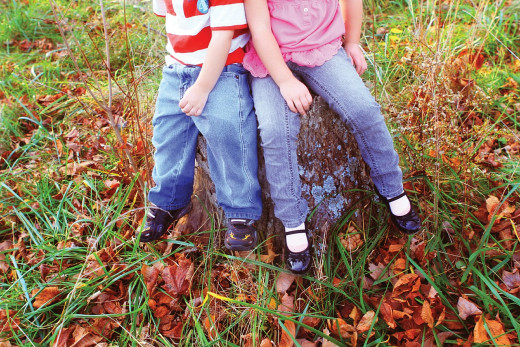
Matching the Clue Difficulty to the Players
If you’re playing with a group of children then the clues you’re writing need to be appropriate for said children. Not only appropriate in terms of content, but also in terms of difficulty. You can’t try to write clues that involve calculus and obscure trivia when dealing with a kid. Likewise, if you’re playing with a group of intelligent adults then you shouldn’t insult them with easy clues. Make things as challenging as possible for them. It’s important that you know your audience and that you know the average intelligence of the players. When in doubt, base your judgments off of the lowest common denominator.
- Photo Scavenger Hunts
Funky twists on scavenger hunts! Crazy challenges in our photo scavenger hunt lists and rhyming riddle scavenger hunt clues are all available to download today
Don’t Write Too Many Scavenger Hunt Clues
You’re might feel compelled to write just a few more scavenger hunt clues than you should, the logic being that more is better. The only real effect of more clues is an increased play time and artificial difficulty as brought about through this increase. Less is more when it comes to clues. It’s always better to have a few really good ones than a dozen mediocre ones.
What is your favorite clue style?
Photo Scavenger Hunt Clues
These are my personal favorite! Who doesn’t love a good scavenger hunt? They’re simple, easy to learn, and a great bit of fun. But for some people they’ve gotten boring. Not content to stay within the confines of traditional scavenger hunts, there are those who have begun to make new versions of the classic pastime. Of all of these newer variations there is one that has emerged as the most popular: photo scavenger hunts.
Photo scavenger hunts are about as simple as a regular scavenger hunt, but they offer infinitely more possibilities. They’re the natural evolution of scavenger hunting as dictated by the changes to our society over time. That might sound kind of silly, but scavenger hunts are meant to be silly, and you’ll certainly see how great these new hunts are when you give them a try!
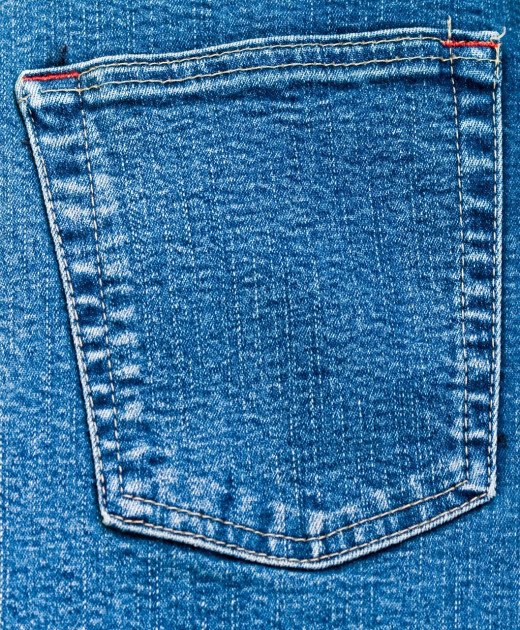
What is a Photo Scavenger Hunt?
A regular scavenger hunt is all about retrieval. Either people go out into the world and look for objects off of a list as they can be naturally found, or someone hides things in predetermined places and tasks players with finding them. These two tasks – while fun for a while – don’t allow players or organizers as much freedom as they might like. They require a significant amount of time to plan if you wish to place your own items. And many scavenger hunts are now written up in a riddle/clue format to make things more challenging, which, as you might have guessed, takes even more of your time to organize!
Seeing these limitations, people devised photo scavenger hunts. There are two different versions of these hunts (or, rather, two different types of hunt that the term is often used to describe) and each “fixes” classic scavenger hunting in their own way.
The first version is a scavenger hunt in which there are no objects to physically collect. Instead, objects are still listed (and potentially hidden), but players simply take a picture of the objects. This allows normally uncollectable objects – such as public statues or people – to be “collected” via photograph! This kind of scavenger hunt is especially good when dealing with large groups of people. Think about it: if you want to have a large traditional scavenger hunt you often end up hiding many copies of the same object around the same relative area. With a photographic hunt you only need to hide one copy of an object and every player can photograph it to “collect” it. This saves you a lot of time, money, and effort!
The second version is a scavenger hunt in which the clues are given to the players in the form of a photograph rather than writing a plain list or a series of riddles. These photographic clues either show the object and not the area in which it is hidden, or they show the area in which something is hidden, but they do not tell you which item will be hidden there. In the latter case there is often a supplementary text list of potential items to be found at the locations in the images. This type of scavenger hunt removes the need to write riddles or clues for players, which is one of the most time consuming things for anyone planning a more traditional scavenger hunt.
These two types of hunts are not technically exclusive from one another, but they aren’t usually combined into one event. You could do it if you really wanted to, though! Who are we to stop you?
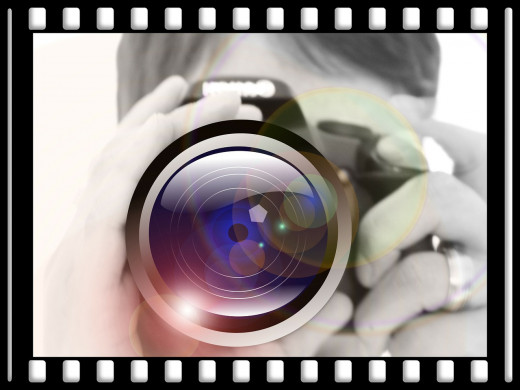
Using Photographic Creativity
By now you might be figuring out some of the mass appeal that comes with these photo scavenger hunts! But do you fully understand the malleability of the photographic medium? Earlier we said that photos could be used to collect normally uncollectable things. To give you a better idea of what these things might be, we’ve made a sample list:
· A high five with a stranger.
· A man with a striped shirt.
· A typo.
· Anger.
· The moon.
Now let’s take a close look at the above list. The first list item is only accomplishable in one way: you need to high five a stranger and have someone photograph it. But the second list item is more flexible as it doesn’t specify who the man has to be or what kind of stripes they have to be. You could theoretically get a guy you know to change his shirt or – if you’re a guy – you could just put a striped shirt on and take a photo. And if you don’t have a striped shirt? Then give an old shirt a stripe with some masking tape and then snap a picture. Are you starting to see what we mean by flexible?
The third list item leaves even more room for creativity! You could easily write a quick note and make a typo or you could go around town looking for one in public. And for the fourth list item? There are literally endless possibilities. You could make an angry face, take a picture of an angry looking drawing, or maybe just a picture of the color red.
The last list item is a great choice for daytime photo scavenger hunts. This forces players to think hard as the actual moon will be hidden for the duration of the game. Some possible pictures might include a drawing of the moon or – for a more abstract solution – a crescent shaped pastry! Things can get really wacky if you’re playing with creative people!
Picking a Winner
So – as you’ve just seen – some answers are easily produced and are much faster to photograph than others. Because of these easy answers you cannot judge the players on their speed alone. Instead, you must judge players based on how creative their photos are. Sure, you might give someone a bonus for being both fast and creative, but the latter is far more important. So take all of the photos of each list item, mix them up so that you don’t know who took which one, and pick the best one!
© 2014 Brett



